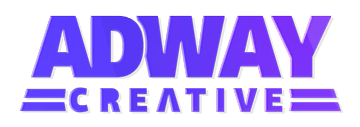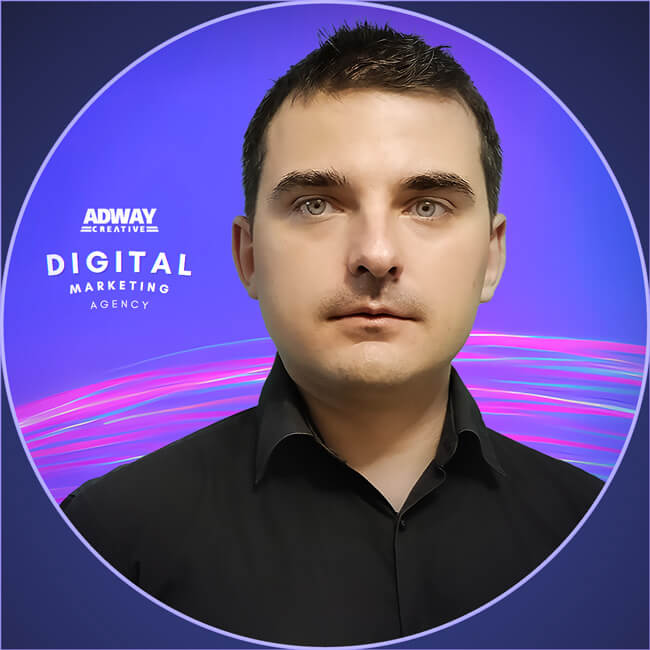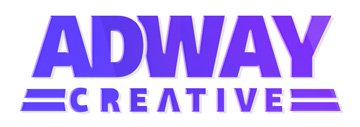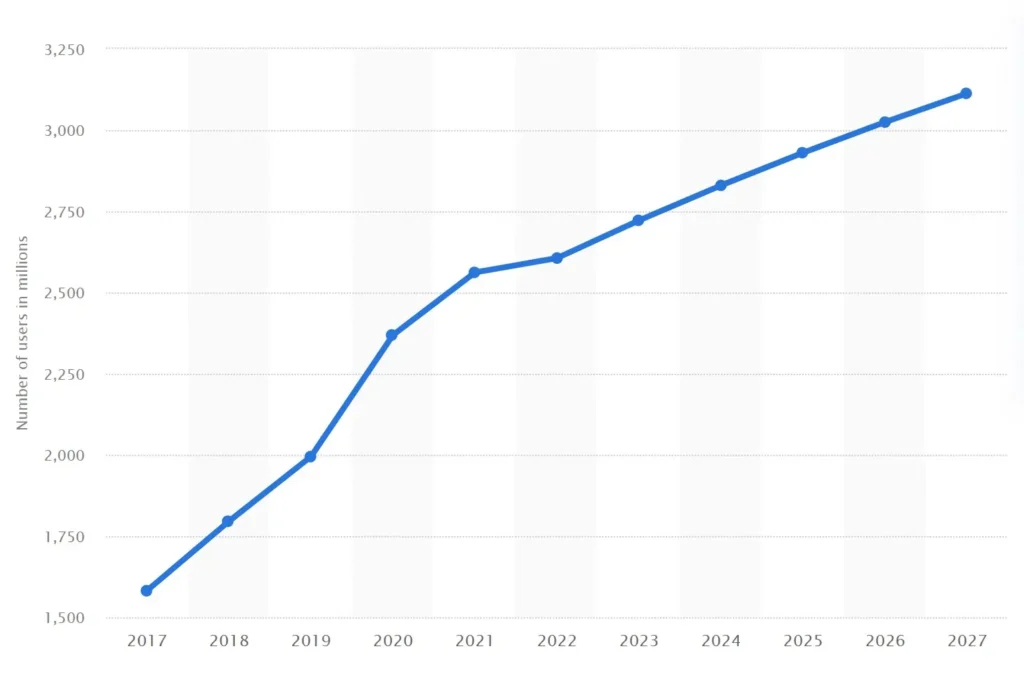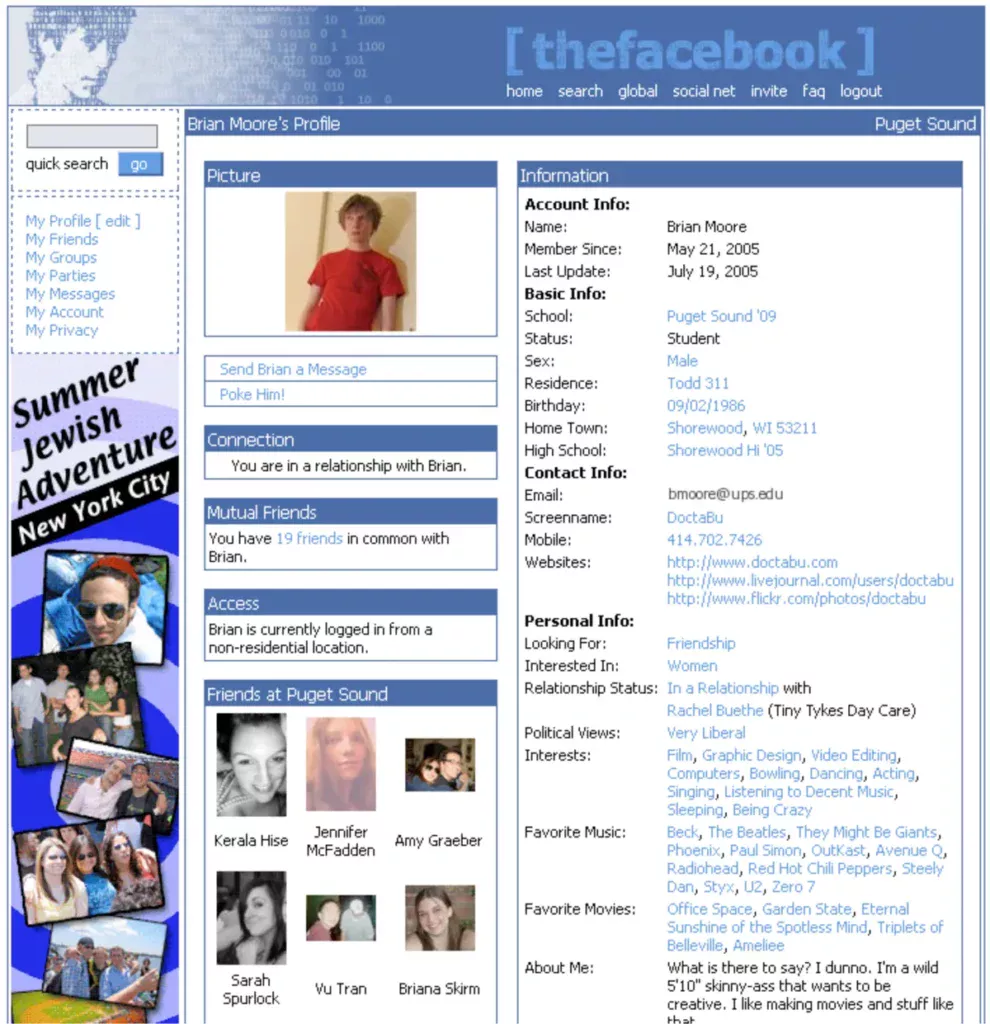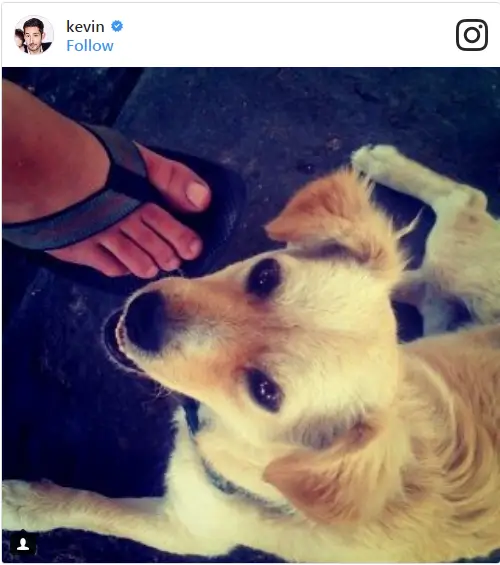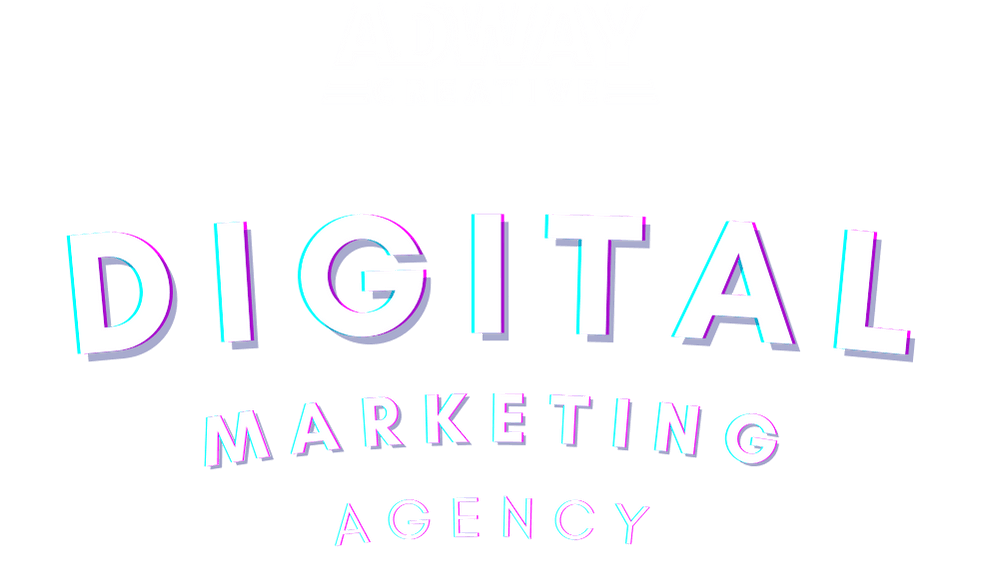
How Much Does It Cost to Advertise on Google in 2025?
A Detailed Pricing Guide!
Ready to transform your business with a proven digital marketing strategy?
Table of Contents
Google Ads costs in 2025 vary depending on your campaign type, channel, and strategy.
Below is a quick overview of the latest pricing benchmarks:
| Metric | Price Range (€) |
|---|---|
| Cost Per Conversion | 0.08–115 |
| CPM (Cost Per 1,000 Impressions) | 0.32–188 |
| ROAS (Return on Ad Spend) | 0.31–10.67 |
| CVR (Conversion Rate) | 0.3%–66.67% |
| CPP (Cost Per Purchase) | 6–123 |
| CTR (Click-Through Rate) | 0.01%–24.47% |
Source: Varos Benchmarks, March 2025
- Google Ads costs depend on the type of campaign, industry and the audience. The main keys are Cost Per Conversion (€0.08–115), CPM (€0.32–188) and CPP (€6–123).
- Google Ads channels are different and have different results. Search and Performance Max campaigns are good for ROAS than Display and Video for brand awareness.
- Google Ads costs differ for different industries. E-commerce has lower costs if Shopping campaigns are optimized well, but professional services are expensive owing to competition.
- Factors that determine the price of Google Ads include geographical location, keyword difficulty, ads’ quality, and the bidding model.
- Google Ads ROI is dependent on audience understanding, ads’ quality and relevance, campaign build, and conversion tracking.
- Other costs that can be incurred are those of management, asset production, research and other form of optimizations. Organizations can use various tools to either manage the ads themselves or work with an agency.
- Some of the misconceptions include: the higher the spending the better, small businesses are unable to compete, Google Ads are expensive and not suitable for small business, some keywords are always expensive and needed, and campaigns need no regular checking.
- Google Ads budgeting consists of identifying goals, determining the costs of keywords, setting a realistic daily spend, and enhancing the landing pages.
We can help with the initial research, the landing page analysis, campaign management and the strategies that you specifically need.
🎧 Click to listen to the podcast version of this article “How Much Does It Cost to Advertise on Google in 2025?”
How Much Does a Business Spend on Google Ads: By Industry?
When preparing for your Google Ads budget, it is important to note that CPC (Cost Per Click) and CPCONV (Cost Per Conversion) are two different metrics.
Although CPC shows the cost you incur for every click on your ad, Cost Per Conversion is the cost of acquiring a customer or a lead.
Here’s what businesses in different industries can expect:
| Industry | Cost Per Conversion (€) | Cost Per Click (€) | Insights |
|---|---|---|---|
| E-commerce | 6–55 | 1–3 | Lower costs for product ads; Shopping campaigns are highly effective. |
| Professional Services(e.g., Legal, Accounting) | 40–120 | 5–10 | High competition for valuable leads drives up costs. |
| Healthcare | 15–60 | 2–6 | Costs vary by niche; dental services tend to be on the higher end. |
| SaaS (B2B) | 20–45 | 3–5 | Search campaigns dominate; Performance Max is ideal for scaling leads. |
| Real Estate | 50–90 | 4–6 | Location-specific targeting increases costs but delivers high-quality leads. |
| Food & Beverage | 5–25 | 1–2 | Local search ads are cost-effective for driving foot traffic and orders. |
| Travel & Hospitality | 10–50 | 1.5–3 | Seasonal trends impact costs; Display and Video ads build awareness. |
| Retail | 8–35 | 1.5–3 | Shopping ads perform well; costs depend on product categories and competition. |
Sources: Varos Benchmarks, MegaDigital, WordStream, Torro Media
How Much Will Google Ads Cost Your Business?
The cost of advertising on Google is dependent on certain factors such as the campaign type, industry and the audience to be targeted.
Here is a breakdown of the key metrics:
- The median Cost Per Conversion is €27.80, with a minimum cost of €0.08 and a maximum cost of €115 across the various channels.
- The average CPM (cost per mile) is €9.40
- The CPP (cost per purchase) is between €6 and €123.
These benchmarks will give you a general idea of what to expect when it comes to Google Ads costs, but the actual results depend on how well your campaigns are being managed and optimized.
Which of the Google Ads Channels Yield the Best Outcome?
- Search and Performance Max campaigns are known to produce better ROAS than other campaigns, so they are perfect for conversion and sales campaigns.
- On the other hand, Display and Video are more affordable for introducing the brand and engaging users at the top of the funnel.
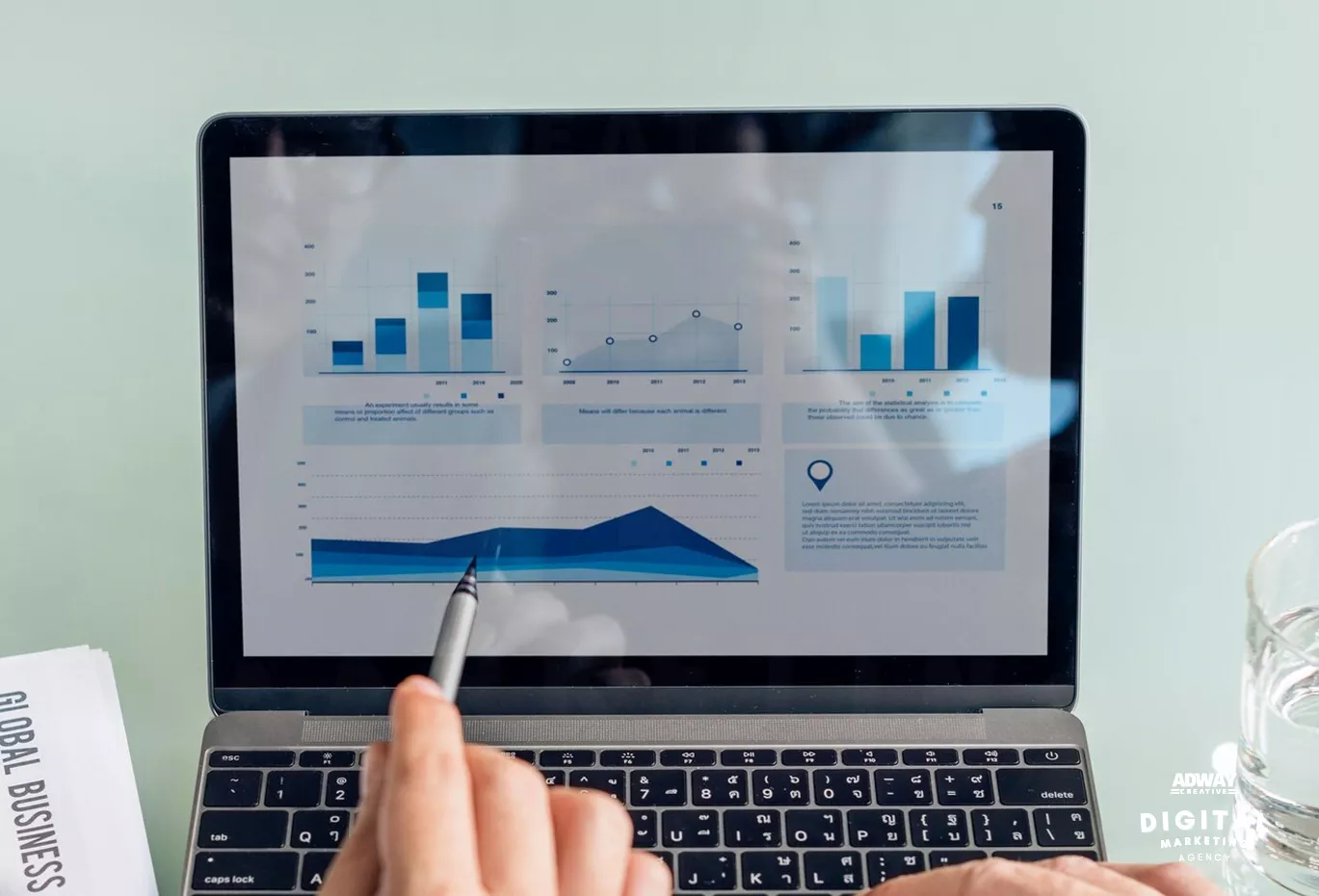
What Can Your Business Expect?
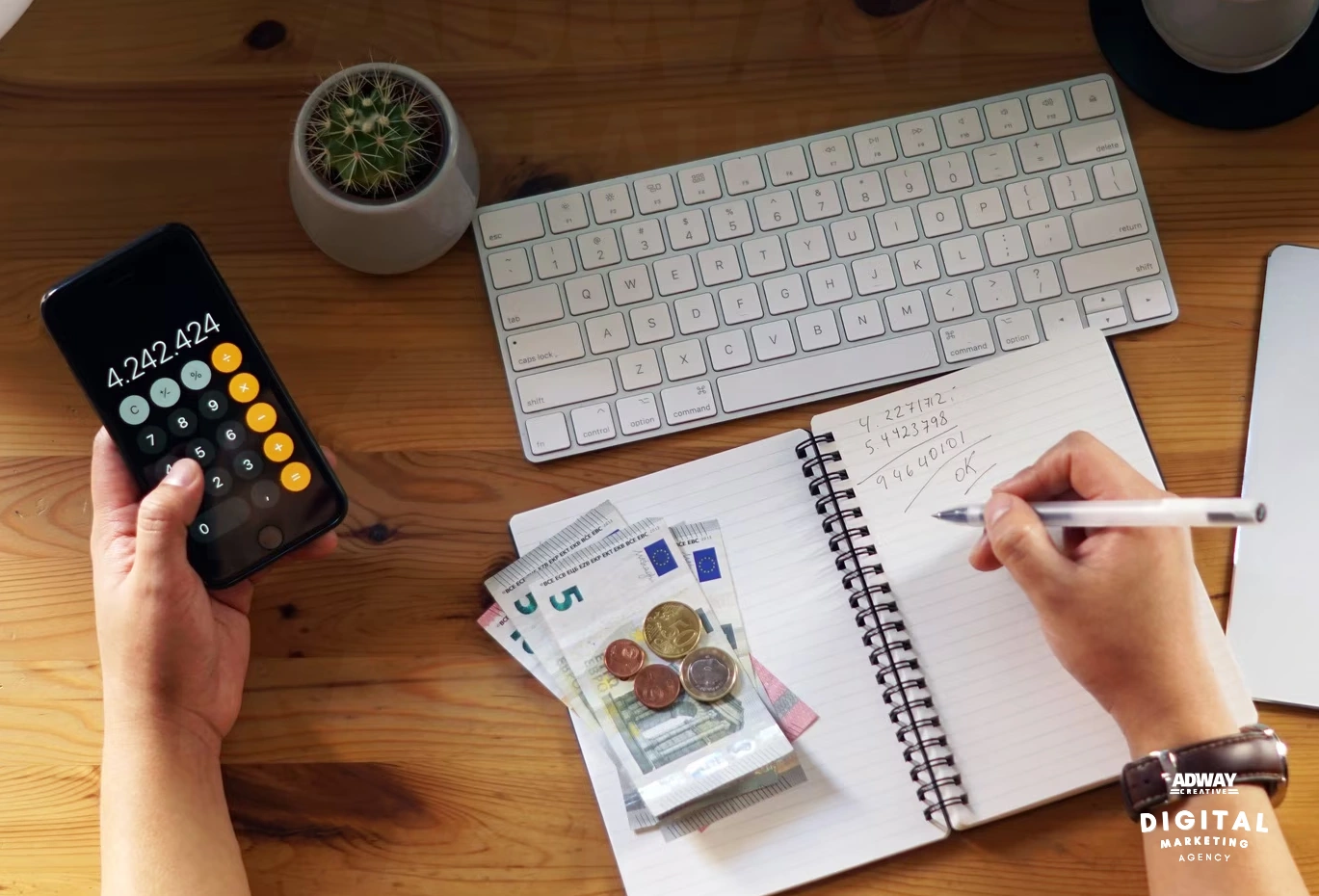
- E-commerce Businesses: E-commerce companies can achieve good ROI with Shopping campaigns as low as €1 CPC and €6 Cost Per Conversion.
- Professional Services: Because of the high levels of competition for high-value leads, legal or accounting industries have high CPC (€5-€10) and conversion costs (€40-€120).
- Healthcare Providers: The costs are €15-€60 per conversion, and the CPC is €2-€6 for general practice, consulting, and similar services.
- SaaS Companies: For B2B SaaS organizations, the CPC is between €3 and €5, and the conversions range between €20 and €45, thus making Search campaigns worth investing in.
- Real Estate Agencies: Google Ads are quite expensive for real estate businesses as they spend €50-€90 per conversion and have CPC of €4-€6 because of the location targeting.
- Food & Beverage Businesses: These businesses are also able to keep their CPCs and conversion costs low (€1-€2 and €5-€25, respectively), while effectively using local search ads.
- Travel & Hospitality: CPCs are €1.5-€3 and conversions are €10-€50, which are affected by seasonal trends.
Case Study:
Park&Fly Sofia Airport Parking:
Our strategic PPC advertising campaign for Park&Fly Sofia attests to the fact that Google Ads management can produce great results in any market, no matter how competitive it is.
For this airport parking service, we implemented:
- A thorough approach that included the following:
- Constant campaign management and optimization.
- Analysis of performance metrics to determine where improvements can be made.
- The use of machine learning for bid optimization.
- These were the results:
- More than 17,000 conversions from zero.
- Achieve a conversion cost (CPR) of less than €0.65 (approximately BGN 1.16).
- Maintained growth in conversions while decreasing the CPC.
CPC vs Cost Per Conversion: Further Explanation of Cost Terms
- Cost Per Click (CPC): This is the cost you incur every time someone clicks on your ad. It is useful in measuring the ad engagement and the level of competition in your industry.
- Cost Per Conversion: This is the cost of a customer or a lead that has been acquired through clicking on your ad. It is a better way of measuring the profitability of the campaign.
For instance:
- An e-commerce store may have a €1 CPC but €10 CPC for conversions if one in ten clicks results in a sale.
- A legal firm may have an €8 CPC but as high as €100 CPC for conversions because there are fewer but more valuable leads.
What are all the factors that influence Google Ads pricing?
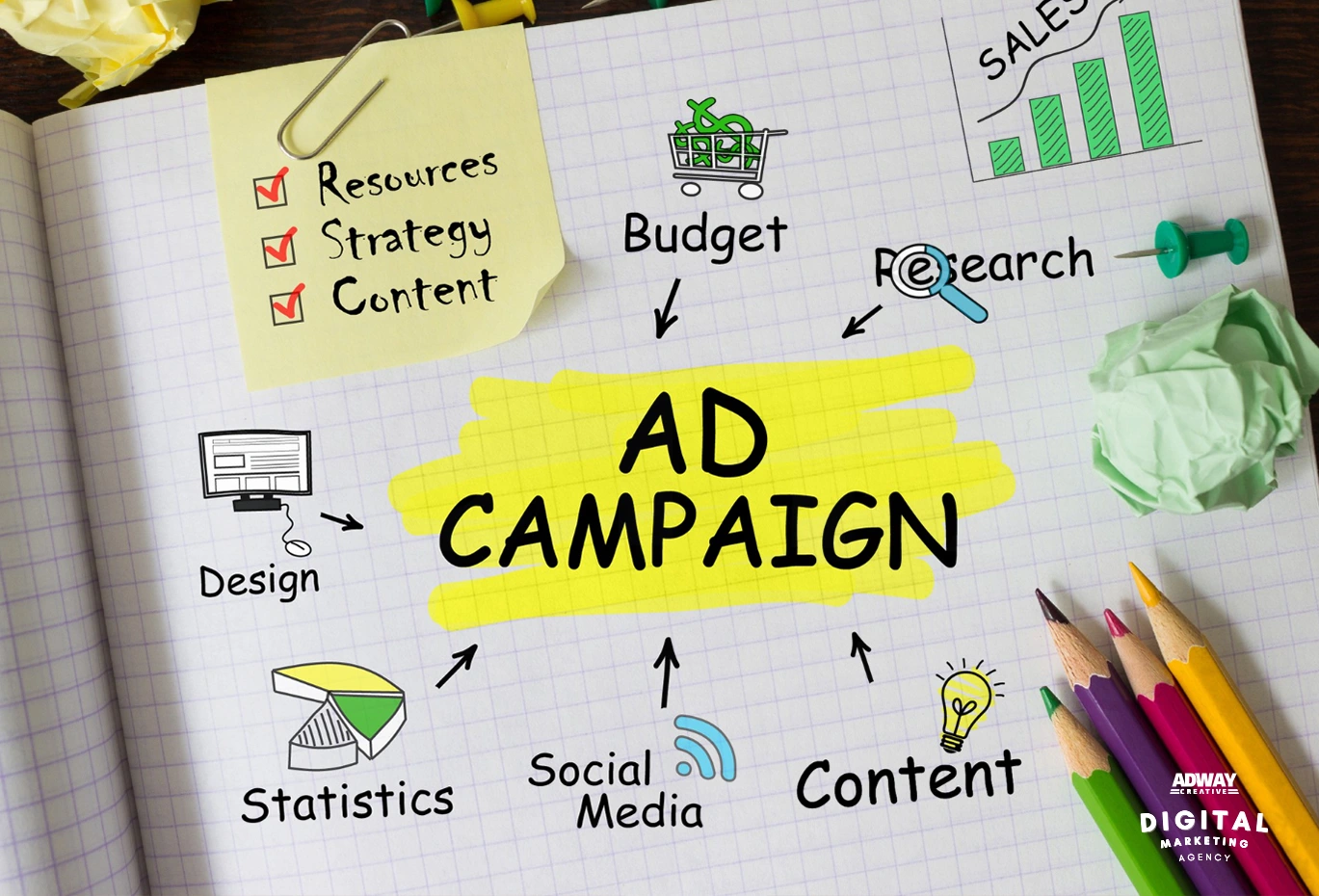
Google Ads pricing is done differently and is influenced by the geographical location as well as the type of campaign. Knowing these elements will assist companies in their efforts to reduce costs and enhance the effectiveness of their ads.
1. Geographic Location
This is because the cost of Google Ads is different in different countries owing to factors such as competition, wealth and searching behaviour.
For example:
- United States: $1.00-$3.00 per click (average CPC) on the Search Network.
- United Arab Emirates: The CPC is 8% higher than that of the U.S., mainly because of industries like finance and tourism.
- Eastern Europe e.g. Bulgaria: The CPC is usually in the range of €0.50-1 and therefore ideal for companies wishing to target this market.
Tip: You should opt for geo-targeting in order to direct your budget towards the areas which are more likely to bring return on investment.
2. Keyword Competitiveness
Key words are very important in determining the CPC.
Keywords that are popular and very competitive for example personal “injury attorney” can cost you much more (€40-120 per click) than niche or long tail keywords.
For instance:
- Keywords related to legal services: €4-9 per click.
- E-commerce product keywords: €1-3 per click.
Tip: It is recommended to update your keyword list and give more attention to high intent and low cost keywords to increase the ROI.
3. Campaign Setup and Assets
The quality and number of your campaign assets will affect your costs and effectiveness. Google rates the relevance and quality of these elements:
- Ad Copy: The title, description, and call to action must be attractive and appealing to the target audience.
- Creative Assets: Better and higher quality images, videos and other assets that support the campaign also increase the click through rates.
- Ad Extensions: Additional features like site links, structured snippets, prices, and promotions increase the visibility of the ad.
- Landing Page Quality: The new prediction model by Google favors those pages that are easy to navigate and lead the user to the information they need without getting lost. If the navigation is poor or the content is not relevant it can lead to higher costs or the ad not being shown at all.
Tip: It is recommended to make your landing page mobile-first, and optimize it to load in under 3 seconds, and have clear CTAs as per the new rules by Google.
4. Bidding Strategy
Your bidding strategy is an important determinant on the price you are willing to pay for a click or impression:
- Manual bidding offers more flexibility but it demands a good deal of attention.
- Automated bidding uses AI to make bids based on performance data and is often more efficient.
Tip: Try some of the manual and automated bidding strategies like Target CPA or Maximize Conversions to find a good balance between cost and performance.
What Factors Influence ROI in Google Ads?
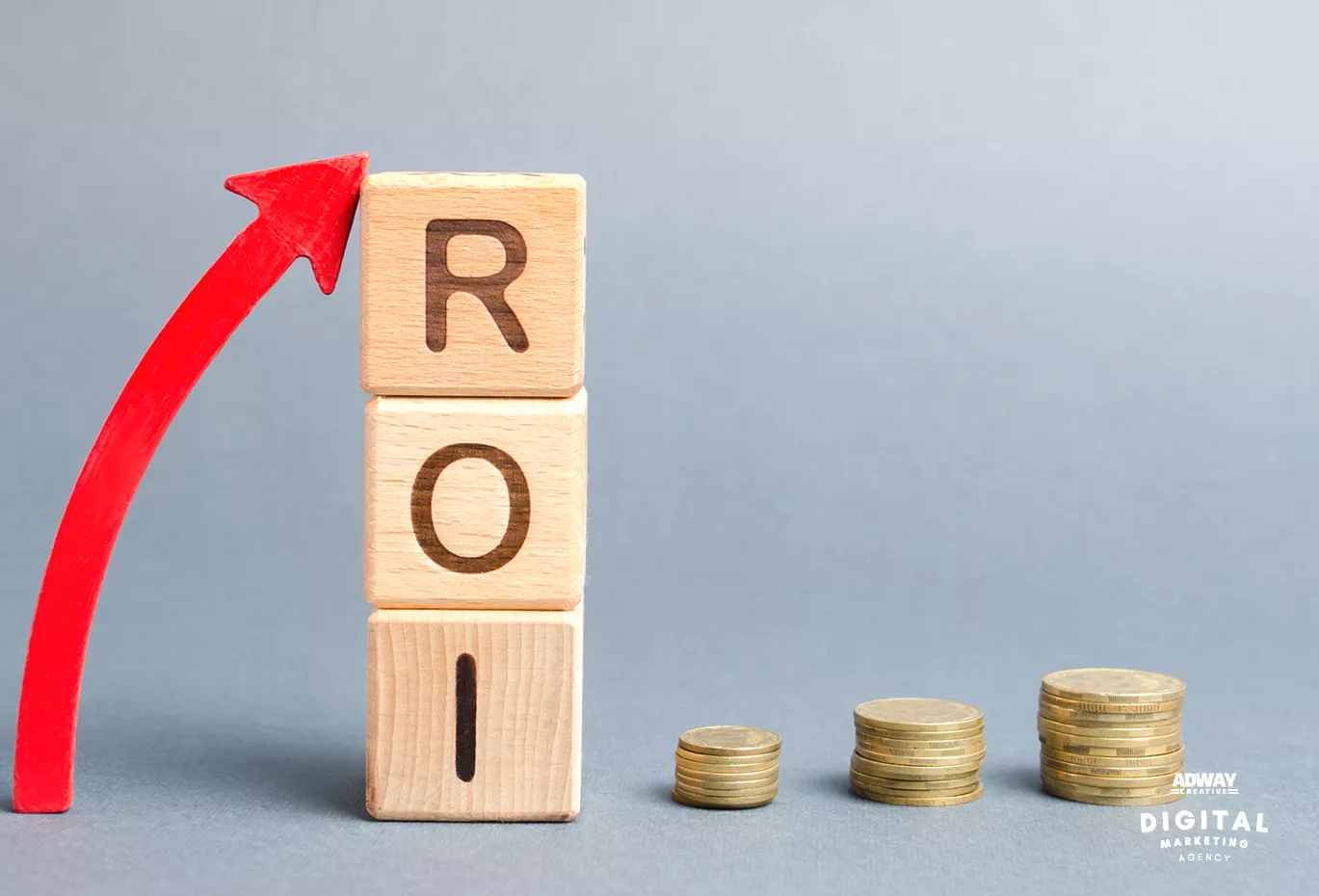
While pricing factors determine how much you pay, ROI factors determine how much value you get from your investment.
Here are the key drivers of ROI:
1. Audience Insights
It is important to know your audience to a grade in order to get the most out of your efforts.
Google Audience Insights can help advertisers gain insights into:- Demographics (age, gender, income).
- Interests and behaviors (passengers, technology consumers etc).
- Conversion-ready audiences defined by Google AI.
Tip: Use Audience Insights to help better define your audience and craft your message based on performance.
2. Ad Quality and Relevance
Google’s Quality Score is a measure of:
- Expected CTR (Click-Through Rate): This is the expected number of times that the ad will be clicked when it is shown to a user.
- Relevance of the ad to the search query: This means that the ad is relevant to the specific term that the user has entered in the search bar.
- Landing page experience (navigation, clarity of the content and its relevance).
A high Quality Score leads to reduced CPCs and better ad positions.
Tip: It is crucial to continuously split test your ad copy and creatives in order to enhance the CTR and relevance.
3. Campaign Structure
Having a proper campaign structure helps in increasing the accuracy of the targeting:
- Separate campaigns by product or audience.
- Use ad groups to link related keywords to related ads.
Tip: It is important to review your campaign structure often to ensure that it is consistent with your business objectives.
4. Conversion Tracking
Tracking is critical to the conversion process:
- Some of the tools that can be used include Google Analytics or Tag Manager to monitor conversions.
- Monitor metrics like CPC, ROAS, and CVR.
Tip: It is advisable to set up conversion tracking as soon as possible to be able to tell the poor performing campaigns.
Expert Insight:
— Elin K., Social Media and PPC Manager at AdwayCreative
“The critical difference between good and bad Google Ads campaigns is not always the budget; it is the strategic use of audience insights in conjunction with creative execution. At AdwayCreative, we have observed that campaigns that use very specific audience segmentation and frequent creative optimization tend to have 30-40% higher ROI than those that use basic targeting tactics. The idea is to keep a feedback loop between your conversion data and your audience strategy so that each campaign becomes more effective with every further iteration.”
What Are the Extra Expenses That Come with Running a Google Ads Campaign?

To be successful on Google Ads, it is not enough to spend money on ads.
Here are the main areas where you may need to pay more:
1. Management Costs
It takes skill and time to manage a Google Ads campaign. Businesses can decide to work with an agency or can manage their campaigns themselves with the help of automation tools.
- Agency Management: Agencies will usually demand a fixed monthly fee or a part of the ad spend. This includes strategy, monitoring and ongoing optimization.
- Tools: Tools like Markopolo AI, Optmyzr and Madgicx provide automation of the campaign management process but their use requires a lot of time and knowledge.
2. Improved Asset Production
High-quality creative assets are important to capture people’s attention and boost ad performance.
These include:
- Videos and Graphics: Suitable pictures or animations.
- Ad Copywriting: Title, description, and a call to action that will grab the reader’s attention.
- Landing Pages: Optimized pages that are relevant to your campaign objectives.
Why It Matters: The quality of your assets is critical in respect of metrics such as CTR (Click-Through Rate) and Quality Score that determine the costs and conversions, respectively.
3. Research & Strategy Development
A good campaign is built on a strong foundation of research:
- Keyword Research: Discovering the keywords that are most relevant and cost efficient.
- Audience Insights: Knowing the age, gender, and behavior of your target audience.
- Competitor Analysis: Find out how your competitors are doing it and try to come up with something better.
Why It Matters: Research ensures that your campaigns are delivered to the right people, thus reducing on costs that would have been used unnecessarily.
4. Advanced Optimizations
To remain relevant in 2025, it is common for businesses to invest in advanced optimizations, including:
- Server-Side Tagging: Enhances the accuracy of tracking for high traffic websites.
- AI Powered Campaign Optimization: Bidding automation, audience targeting and performance control.
- Custom Rules & Automation: Strategies to enhance performance without increasing the cost.
Why It Matters: These optimizations decrease adverse effects in ad spend and enhance conversion and ROAS, which is the return on ad spend.
In order to get the most out of the campaign, it is often necessary to spend more on services and tools.
DIY Tools vs. Hiring an Agency
Some businesses prefer to manage their Google Ads campaigns in-house with the help of automation tools such as Markopolo AI, Optmyzr or Madgicx.
However, there are important trade-offs to consider:
Advantages of DIY Tools:
- It costs less to start with than it does to hire an agency.
- It has automation that helps save time on tasks like bidding or reporting.
- It provides multi-platform integration to enable the management of all the campaigns in one place.
Downsides of DIY Tools:
- There is no strategic direction hence ad spend may be used ineffectively.
- There is limited flexibility as opposed to working with a professional team.
- Steep learning curve: Much time and money may be spent on trial and error.
Why Choose an Agency?
Although it is possible to use DIY tools for small campaigns or for businesses with restricted funds, agencies offer something that software cannot provide:
- Tailored Strategies: Agencies such as AdwayCreative develop specific strategies based on industry nuances.
- Creative Excellence: Professional teams will develop your ad copy, as well as create advanced assets like videos and landing pages.
- Ongoing Optimization: Agencies keep a close eye on the campaigns and make changes according to the situations and use techniques like server-side tagging or AI-powered rules.
Why It Matters: Agencies don’t just ad your business—they enhance it, using technology to enhance the advertising efforts.
Let AdwayCreative help you get the most out of your Google Ads investment. From strategy to strategy to full-funnel optimization, we guarantee that every euro you spend is an investment that pays off.
Important Concepts for Understanding Google Ads Pricing

Before delving into the section about setting the budget, it is crucial to understand the basic concepts of the Google Ads pricing model.
These ideas will assist you in assessing your campaign costs and results much easier:
- Cost Per Click (CPC): The price you pay every time a user clicks on your ad. This depends on your industry, the level of competition and the Quality Score.
- Cost Per Conversion (CPCONV): The cost of a lead or customer that has been acquired through clicking on your ad. It is determined by dividing the total ad spend by the number of conversions.
- Return on Ad Spend (ROAS): This is a comparison between the revenue generated from the ads and the amount spent on the ads. For instance, a ROAS of 3 means that the company gets €3 for every €1 invested in the ads.
- Cost Per Mille (CPM): The price of 1,000 impressions of the ad. CPM is mostly used in Display and Video campaigns.
- Quality Score: A Google metric that helps to determine the quality and relevance of the ads, keywords, and the landing pages. High scores are accompanied by low CPCs.
- Daily Budget: The total number of times you are willing to spend in a day on a campaign. Google increases or decreases bids in order to stay within this limit.
- Maximum Bid: The most number of times you are willing to pay for an click in an auction. It affects your Ad Rank and whether your ad will show for particular keywords.
How to Set Your Google Ads Budget
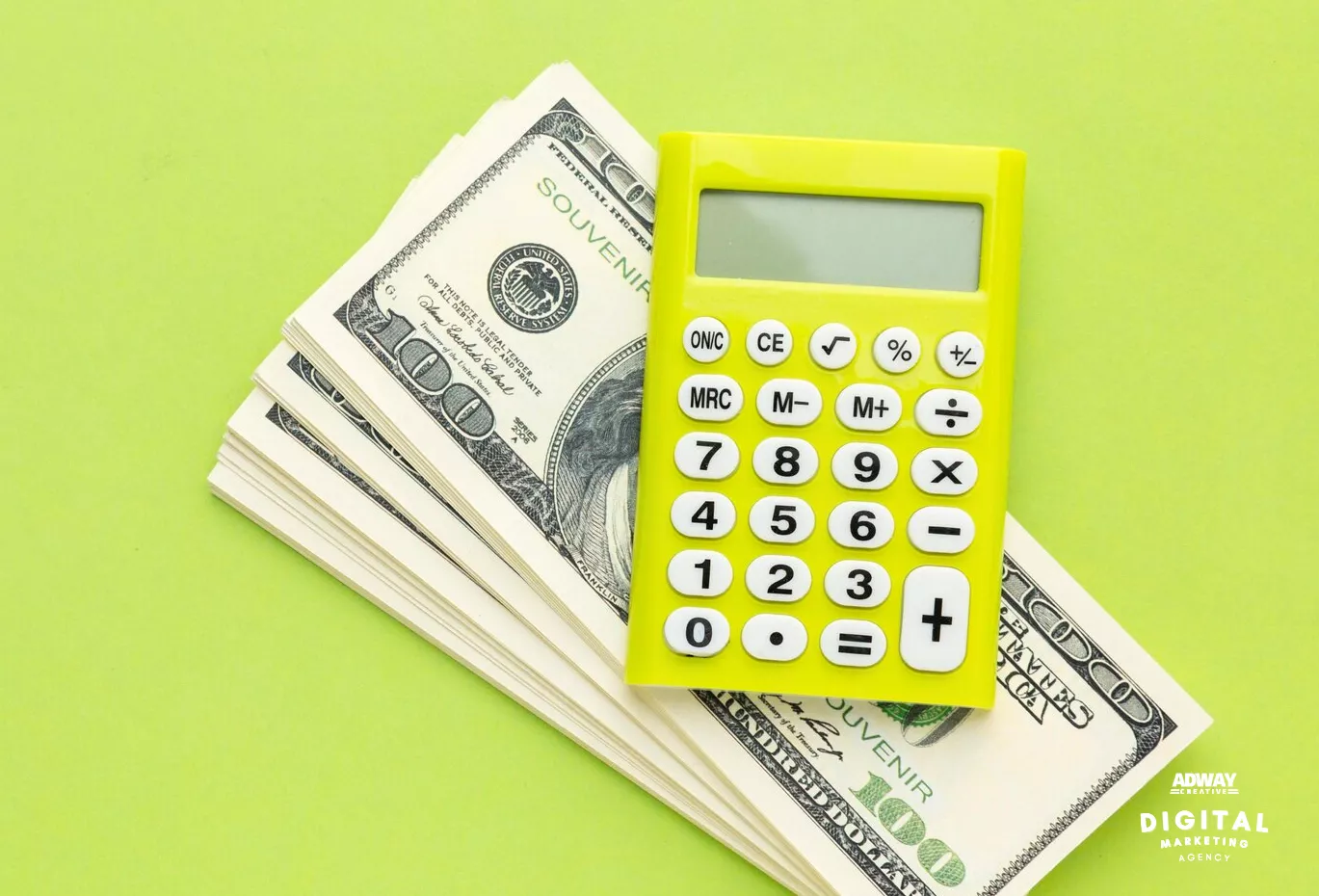
Developing a Google Ads budget can be quite a daunting process, but if it is done step by step, it will be quite effective.
Here’s how you can approach it:
1. Identify Your Objectives
First of all, determine what you want to achieve with your campaign:
- What do you want to get from the campaign: leads, sales or awareness?
- What is a conversion for you: a sale or a lead?
Pro Tip: Knowing your goals allows you to determine an appropriate Cost Per Conversion and manage your expectations accordingly.
2. Investigate the Costs of the Keywords
Keyword research is crucial for this step:
- Use tools like Google Keyword Planner to determine the average CPC of your target keywords.
- Avoid general terms and rather go for long tail keywords that are specific and have a high search intent.
AdwayCreative Advantage: We provide a initial keyword research service to help businesses determine their likely costs and identify good returns.
3. Set a Realistic Daily Budget
Your daily budget should be consistent with your goals and the expected outcomes:
- For instance, for small campaigns, try €10-20 per day.
- For example, in competitive industries, £50-100 or more per day, or even more.
Pro Tip: It is recommended to check the performance on a regular basis and change the budgets according to the ROI.
4. Improve Your Landing Pages
The page that people land on after clicking your ad is one of the most important factors in whether they will go further and convert. A bad landing page can cause the company to spend money on ads without achieving the results that users want.
Key elements of an effective landing page:
- Close integration with the ad and its main idea.
- Less than 3 seconds – the page should load fast.
- It has a mobile-friendly design.
- Strong call-to-action, for instance, “Sign Up Now” or “Buy Today”.
AdwayCreative Advantage: We provide landing page reviews to make sure that your pages are search intent-friendly and can convert well.
5. Other Costs to Consider
There are other costs that you should include in your budget besides the ad spend:
- Other charges; if you are hiring an agency, management fees.
- Other creative assets like production of videos or graphics.
- More sophisticated controls including server-side tagging or AI-powered bidding.
Why Choose AdwayCreative?
Establishing a Google Ads budget doesn’t have to be complicated – particularly when you have the help of professionals. At AdwayCreative:
- We provide initial research to help businesses determine the costs and return of certain keywords.
- Our team performs landing page analyses to check whether your pages are search intent-friendly and can generate more conversions.
- With our tailor-made approaches, we aim to assist businesses in getting the most out of their spending while keeping costs under control.
👉 Contact Us Today for a free consultation and personalized budget plan!
Common Misconceptions About Google Ads Costs

When it comes to Google Ads, there are several misconceptions that can mislead businesses and hinder them from optimizing their advertising spend.
Let’s bust some of the most common myths:
1. Spending More is the Key to Success
A common perception in business is that if you spend more on Google Ads, you will get better results. The truth is that the success of any campaign depends on:
- Ad Quality: Well-written, relevant ads with clear calls-to-action perform better.
- Targeting Precision: It is vital to target the right audience at the right time.
- Industry Competition: High competition can increase the costs without necessarily leading to sales.
Truth: It is often found that a small campaign can perform better than a big campaign that has been poorly optimized.
2. Small Businesses Can’t Compete
The second misconception is that only those companies that have deep pockets can be successful on Google Ads.
Although, the large budgets are useful to spend money and try different things, even small budgets can be effective if the campaigns are well managed.
Truth: It is possible to get a good return on investment (ROI) and be competitive in one’s niche through precise targeting and high-quality ads even for small businesses.
3. Google Ads Are Too Costly for Small Businesses
Some people think that Google Ads are too expensive, especially for industries with high CPCs. However:
- Many keywords in long-tail keywords are cheaper and have high search intention.
- Targeting locally reduces the competition and the costs for small business.
Truth: Google Ads can be modified to suit any budget, therefore, they are suitable for businesses of all sizes.
4. Some Keywords are Always Expensive and Necessary
Although, terms like ‘insurance’ or ‘lawyer’ are lucrative, they are not always effective.
Some companies have found that they get better results by targeting very specific or long tail keywords that are related to the consumer’s search query.
Truth: The key to success is often through the use of particular high intent keywords rather than focusing on the most costly keywords.
5. Once Launched, Campaigns Need Not Be Monitored Regularly
Some people think that after launching a campaign, it will run on its own without any changes.
Nevertheless, Google Ads needs constant care and maintenance in order to:
- Pivot to changing market conditions.
- Enhance ad performance based on the data.
- Avoid wasting money by stopping low performing keywords or ads.
FAQ About the Costs of Google Ads
-
Can You Advertise On Google For Free?
Yes, you can advertise on Google for free using tools like Google My Business and free product listings in Google Shopping. These options enable businesses to appear in local search results or product searches without having to pay for ads. However, paid Google Ads campaigns offer more visibility and control over targeting.
How Much Does It Cost to Sell on Google Shopping?
There is no subscription or listing fee to sell on Google Shopping. However, if you decide to promote your products, you will be paying per click (PPC). The average cost per click on Google Shopping is between €0.50 and €2, depending on your industry and competition.
How Much Does It Cost to Advertise on Google Maps?
Paid advertising on Google Maps is a form of Google Ads and operates on a PPC basis. The normal cost per click for Google Maps ads is between €1 and €2, but the price depends on the location, competition and Quality Score.
How Does Google Ads Budgeting Work?
You can set a daily budget or a shared budget across multiple campaigns with Google Ads budgeting. Your daily budget sets the maximum amount you would like to spend each day, and your monthly spending is limited to 30.4 times your daily budget. On some high performing days, Google may spend more but it will not spend more than your total monthly budget.
What is the Most Costly Keywords in Google Ads?
The cost of keywords in Google Ads is usually highest for expensive products or services in high value categories such as law, insurance and lending. For example: “Mesothelioma lawyer” can cost over €200 per click. Keywords like ‘insurance’ or ‘mortgage’ tend to cost between €40 and €50 per click because of high competition.
How Can AdwayCreative Help You?
At AdwayCreative, we know that understanding the costs of Google Ads can be tricky. That’s why we provide:
- Free Initial Research: Find out what your keywords cost, what the competition is like, and what audience you can target for your business.
- Landing Page Analysis: Check that your landing pages are optimized to meet search intent and drive conversions.
- Tailored Strategies: We develop campaigns that are meant to improve your return on investment without going over your budget.
Contact Us Today for expert guidance and a free consultation!
- About the Author
- Latest Posts
- Client Results
With over fifteen years of hands-on experience in PPC, SEO, content marketing, and social media, Iliya Avramov has honed his expertise through strategic collaborations with global teams, mastering the art of blending traditional marketing strategies with cutting-edge digital services and technologies. His deep understanding of digital trends—backed by a proven track record of scaling campaigns for startups, B2B enterprises, and e-commerce brands—ensures businesses achieve sustainable growth, with measurable ROI increases of up to 540% in competitive online landscapes.
Iliya specializes in data-driven strategies, including advanced PPC optimization (e.g., Google Ads and Meta campaigns), technical SEO audits, content creation that drives organic traffic, and social media engagement that boosts brand loyalty. He has successfully managed marketing budgets from $1,000 to over $100,000 monthly, generating thousands of leads and conversions across industries like agriculture, health, and retail. Proficient in tools such as Google Analytics, SEMrush, Ahrefs, and AI-powered analytics, Iliya’s innovative approaches are supported by insights from leading resources like Google Search Central for SEO updates and Think with Google for data-driven marketing, ensuring alignment with the latest best practices.
His leadership has earned AdwayCreative numerous industry recognitions, including:
- 2020: Mastery in 3D visualizations and graphic design (Acquisition International).
- 2021: Media Innovator Award (Corporate Vision).
- 2022: Martech Award (Corporate Vision).
- 2022: Global Finance Award (Global Banking & Finance).
- 2023: Global Finance Award (Global Banking & Finance).
- 2023: Best Full Service Marketing and Advertising Agency (Innovation in Business).
- 2024: Bulgaria’s Most Reviewed Social Media Marketing Agency (The Manifest/Clutch).
- 2025: Advertising & Marketing Customer Satisfaction & Happiness Award (Global Banking & Finance).
Author Disclosure: Iliya Avramov is the founder of AdwayCreative and may reference agency services in his content. All opinions and strategies are grounded in over a decade of professional experience and independent industry research, with no undisclosed affiliations.
Publication Date: July 22, 2025 | Last Updated: July 22, 2025
- Generative Engine Optimization (GEO): How to Position Your Business in the Era of AI
- Why aren't your Google Ads generating conversions? 6 reasons and solutions.
- Google Ads Services: Drive Immediate Results with Expert PPC Management
- Google's Loyalty Program Update: How to Stand Out in Search | AdwayCreative
- Maximizing Google Ads ROI: The Power of MaxDiff and Conjoint Analysis
- Why Choose a Google Ads Management & Marketing Advertising Agency in 2025
See Real Results from AdwayCreative Clients
Curious what digital marketing can achieve for your business? Explore highlights from some of our recent success stories:
-
ROSELA | LEADING CUCUMBER PRODUCER GOES DIGITAL 🌱
Digital transformation brought 5,500+ new users, 1,808% boost in visibility, and 71% lower ad costs.
See more -
DA.CARE | SWISS STARTUP 👶
Swiss startup built a trusted UK brand with AI insights, 420+ subscribers in a month, and high-converting campaigns.
See more -
PARK&FLY ✈️
From zero to 100,000+ users and 40% repeat customers through integrated strategies.
See more -
ART:E 🎨
Over 500 new accounts activated, 12,000+ daily users, and reduced churn for an artisan platform.
See more -
MALEEVI TENNIS CLUB 🎾
220+ leads and 90% engagement growth in just 46 days.
See more -
MIRIAM SWIMWEAR 🩱
613+ new affiliate signups and acquisition costs as low as $0.32 per lead.
See more
See the full list of AdwayCreative case studies here →
